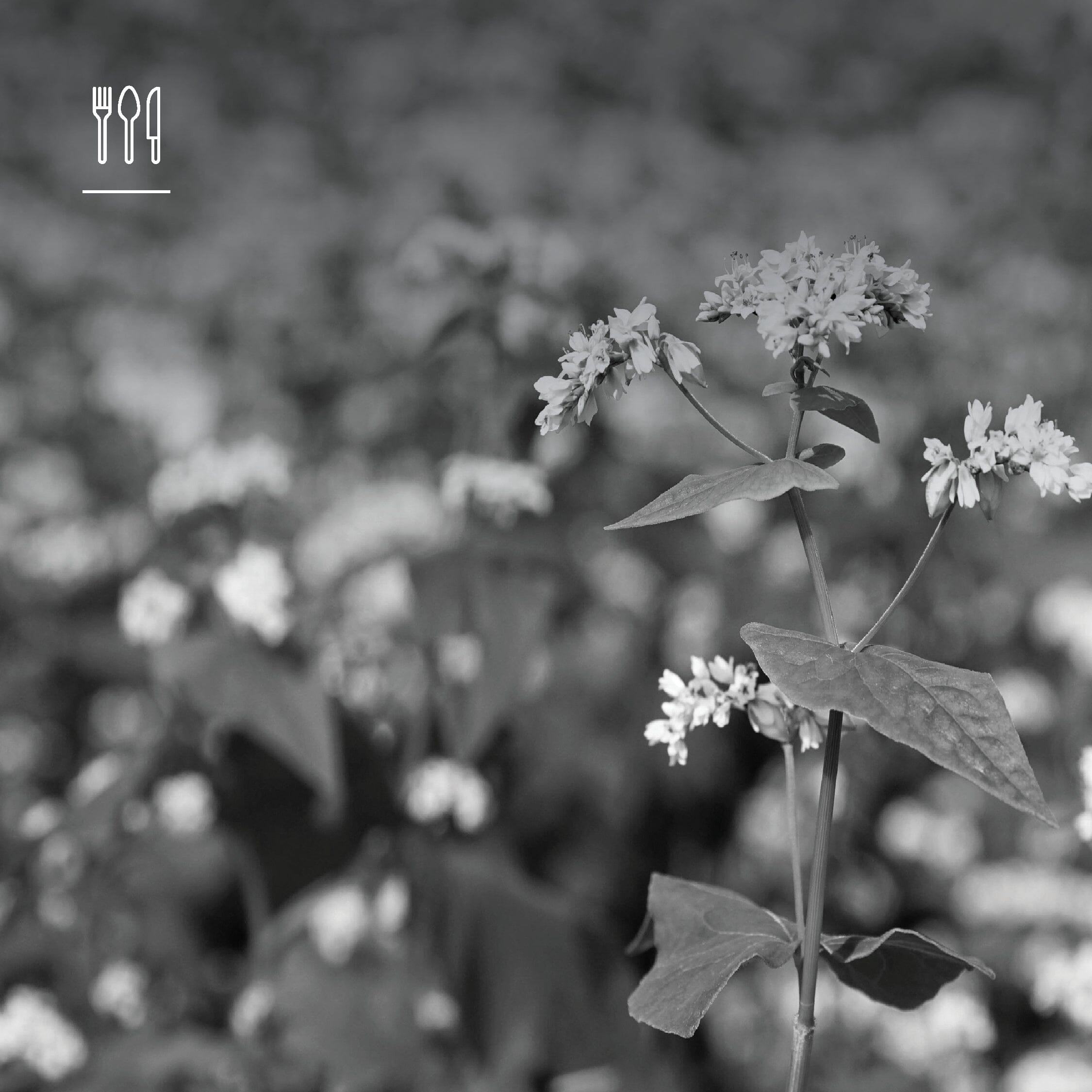Free radicals, unfortunately we cannot avoid them, they target us in various forms from inside and outside our body. From the food we eat, the air we breathe, the environment we live in, and frequently as a by-product of chemical processes that occur in our bodies, such as metabolism.
To understand exactly what a free radical is requires a very quick science lesson. All atoms have layers outside their nucleus called shells. Each shell needs to be filled by a set number of electrons, and if an atom cannot fill its outer shell, it may bond with another atom to complete its outer shell.
Atoms that do not have a full outer shell are called free radicals, and are very unstable, and therefore react quickly with other substances.
When oxygen molecules split into single atoms that have unpaired electrons, they become unstable free radicals, otherwise known as reactive oxygen species (ROS) Having too many of these free radicals initiates a process called oxidative stress, which if it persists over a long period of time, can have an negative impact on the health of our cells and our body.
Most of us associate free radicals with toxic insults, or environmental chemicals, whether it is cigarette smoke, pesticides and air pollution or excessive alcohol, high fatty food and preserved and charred meat consumption. We also produce an abundance of ROS internally, which inflict damage to our DNA, cell membranes, proteins, and the vital mitochondria in our cells. This accumulated damage has a significant effect on the aging process, and accelerates genomic instability, which is one of the primary Hallmarks of Aging.
The free radical theory of aging was examined by measuring the formation of superoxide radical (SOR) and the level of lipid peroxides in various tissues of the aging rat. A significant increase in SOR production was seen in mitochondria prepared from the brain and the heart as the rats aged. An elevation in the level of lipid peroxidation was also found in tissue of the brain and the liver. 1
The human body is a complex machine, and surprising to many, it turns out that the body needs free radicals - at just the right levels - not too many and not too few.
ROS generated by cells and tissues act as signalling molecules and as agents to defend against infections. 2 They are vital for our immune system. So there lies the conundrum, what to do about these damaging ROS, which can cause significant damage in our bodies, leading to inflammatory conditions and accelerated aging, but at the same time aid in our wellbeing.
We have been educated that the best combative approach for free radicals, is to eat food rich in antioxidants or take them as supplements. Antioxidants are found abundantly in colourful fruits and vegetables, and their key mechanism of action is donating an electron to the outer shell of unstable atoms and in the process neutralising them. Antioxidant consumption via a balanced healthy diet causes no issues, however, there have been adverse effects measured for people taking high dose antioxidants over long periods of time, because as mentioned, ROS play critical roles in our bodies.
A new alternative approach to broad suppression of ROS with antioxidants is to use a new type of molecule called a reactive carbonyl scavenger (RCS). That is a bit of a mouthful, but it turns out that the real damage to our cells from ROS occur after a free radical stabilises itself by reacting with part of our delicate cellular machinery. This is because the the molecule that lost the electron becomes radicalised itself and subsequently steals an electron from the adjacent molecule. This sets off a chain reaction of damage to molecules in close proximity of which reactive carbonyl scavengers act as a circuit breaker to stop that chain reaction in its tracks.
Nature so often provides us with solutions and has done so with a unique and new type of molecule called 2-HOBA (Hobamineᵀᴹ) found in Himalayan Tartary Buckwheat. 2-HOBA utilises the selective scavenging activity on reactive carbonyl species discussed above and most importantly, does not interfere with normal ROS signalling required by the immune system. 3
In short 2-HOBA is a brand new tool in our arsenal to prevent free radical damage, because it can do this without interfering with healthy free radical signalling. Research is showing that this new approach has a significant and beneficial effect on the health and function of our cells.
As we go through our aging journey, we can do our best to minimise free radical triggers by making healthy diet and lifestyle choices with an inclusion of colourful fruits and vegetables, preferably organic and in season. For many of us however, we live in a polluted, stressful environment and our aging bodies are doing their own radical thing due to nutritional deficiencies and epigenetic alterations. It is of upmost importance we maintain the stability of our operating manual otherwise known as our genome, to minimise the conditions aging brings. Fortunately, nature has provided some goodies to give us a helping hand.
To learn more about 2-HOBA (Hobamineᵀᴹ) click here
Nerena Morris B.Sc., N.D is a medical herbalist and naturopath with over 20 years of experience working in the natural health industry.
References
- Masaaki S, John CC.,Changes in superoxide radical and lipid peroxide formation in the brain, heart and liver during the lifetime of the rat. Mechanisms of Ageing and Development. Volume 41, Issues 1–2: 125-137, (1987). ISSN 0047-6374, https://doi.org/10.1016/0047-6374(87)90057-1.(https://www.sciencedirect.com/science/article/pii/0047637487900571)
- Davies SS, Zhang LS. Reactive Carbonyl Species Scavengers-Novel Therapeutic Approaches for Chronic Diseases. Curr Pharmacol Rep. 2017 Apr;3(2):51-67. doi: 10.1007/s40495-017-0081-6. Epub 2017 Feb 14. PMID: 28993795; PMCID: PMC5630168.
- Tao, H., Huang, J., Yancey, P.G. et al. Scavenging of reactive dicarbonyls with 2-hydroxybenzylamine reduces atherosclerosis in hypercholesterolemic Ldlr−/− mice. Nat Commun 11, 4084 (2020). https://doi.org/10.1038/s41467-020-17915-w


![Never Grow Old - Longevity Issue [Nutrition Business Journal]](http://scienceresearchwellness.com/cdn/shop/articles/NBJ_Post_-_LinkedIn.jpg?v=1692742979&width=1500)
![Circulatory system care "vital" [NZHERALD]](http://scienceresearchwellness.com/cdn/shop/articles/SRW_-_News_Clip_-_Post_-_Cir1_-_D1_dfadc7dc-c57a-4f80-82bd-4fdb5ba5f0cd.jpg?v=1692742734&width=1500)
